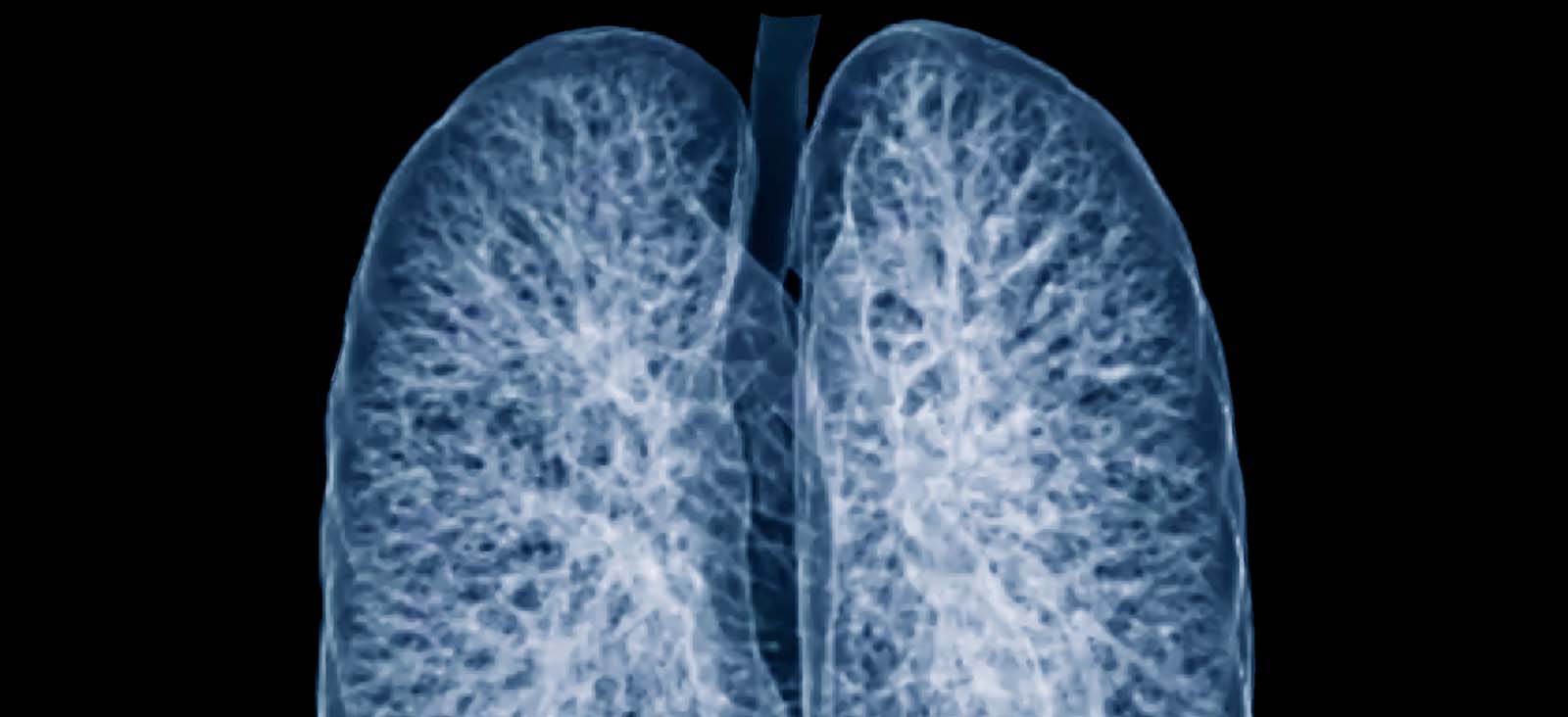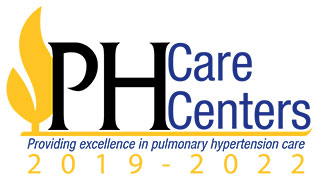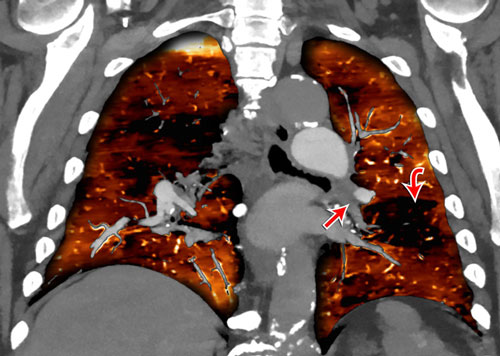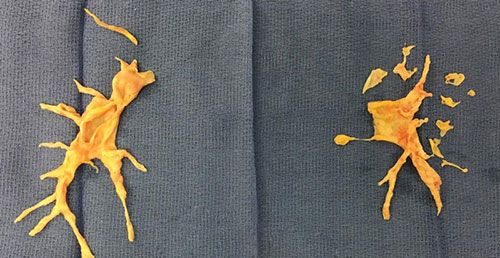Treatment for CTEPH
Once we confirm a diagnosis based on tests and imaging, our team of CTEPH experts evaluates each patient’s situation to determine the best treatment plan.
We offer the latest surgical and endovascular (minimally invasive) approaches to treat CTEPH safely and effectively.
Pulmonary thromboendarterectomy (PTE)
In this surgical procedure, a cardiothoracic (heart and lung) surgeon removes the scar-like blockages in the lung arteries. We perform the procedure through a chest incision while the patient’s heart is stopped. A heart-lung machine takes over heart and lung function during the surgery.
PTE is a specialized surgery performed at only a few hospitals across the country. Our surgical team developed their experience by training with the team that developed PTE.
Balloon pulmonary angioplasty (BPA)
BPA is a minimally invasive, endovascular procedure for patients who cannot have PTE for a variety of reasons. An interventional radiologist performs this cardiac catheterization procedure, and patients can receive several BPA treatments over a few weeks.
The doctor accesses the lungs via a catheter (thin, flexible tube) inserted into a small incision in the groin area. With advanced imaging technology, doctors can maneuver the catheter directly to the blood clots. The catheter has a tiny balloon at its tip that is inserted into the clogged vessel to open it and restore blood flow.
Clinical Trials
Through clinical trials, UT Southwestern offers treatments for CTEPH that are not yet widely available. Currently, we are offering clinical trials for nonsurgical treatment of CTEPH using medications.
We are also part of a national CTEPH registry to help promote a greater understanding of the prevalence, pathophysiology, evaluation, and treatment of patients with CTEPH.









